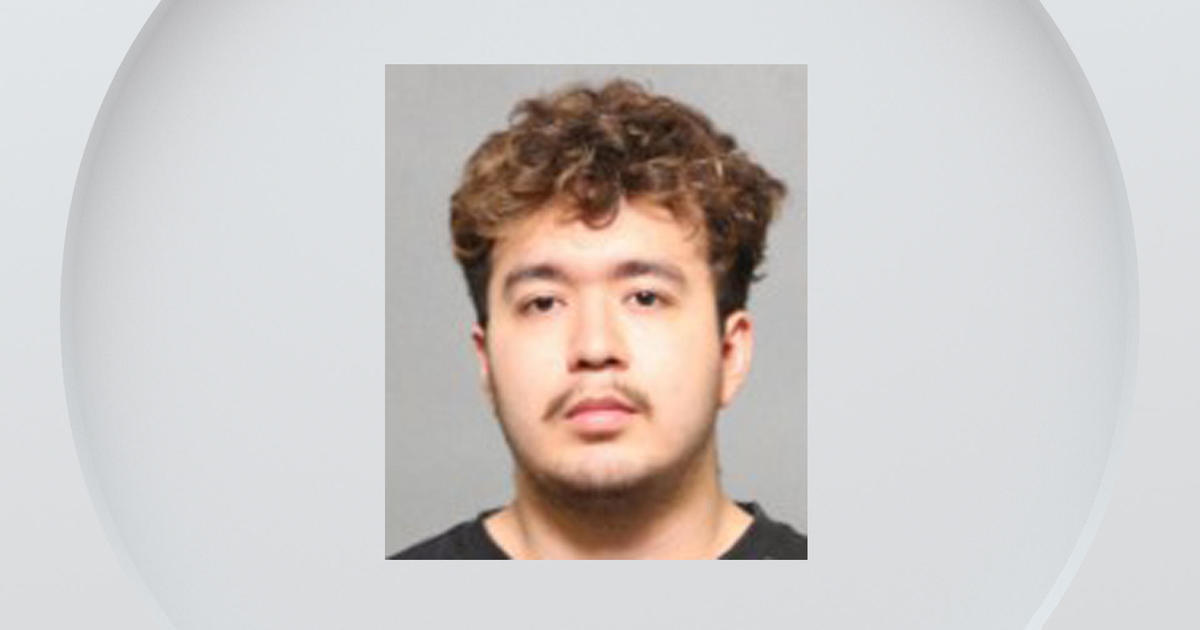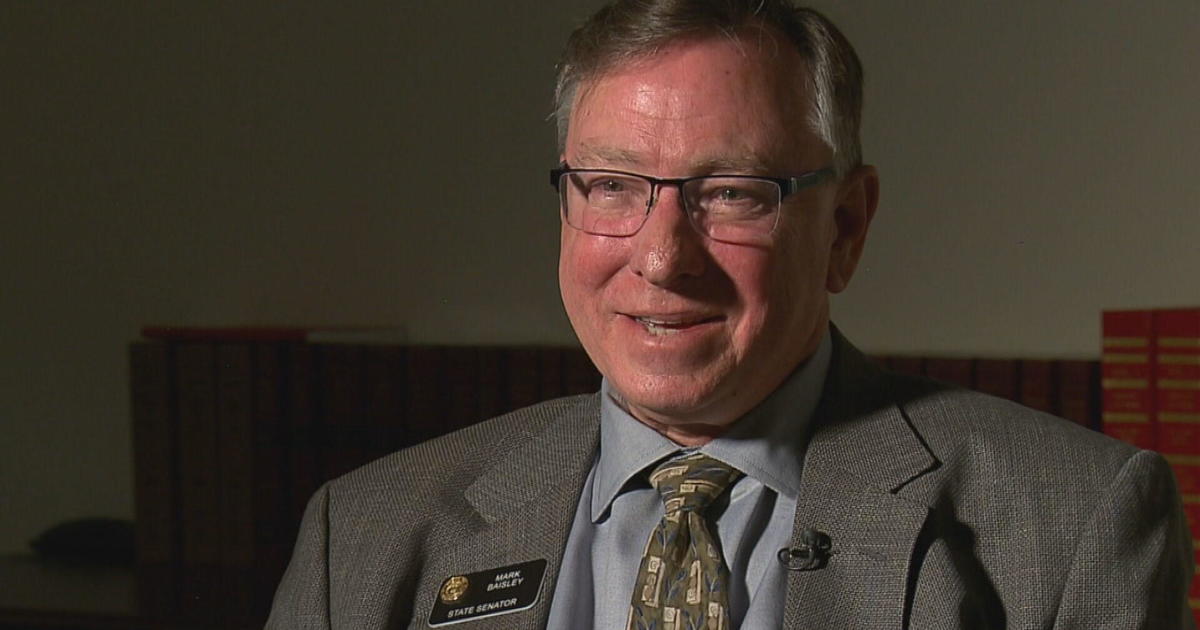Sick Ebola Patient & Their Contact With Others
It sounds like poor communication and human error may be responsible for a patient with active Ebola virus being released back into the community while contagious. A relative with the patient at the hospital says the patient told a nurse that he had recently traveled from Western Africa, but that information was not relayed to the treating physicians and staff. The sick patient was discharged that day only to return via ambulance in critical condition two days later.
In that two-day period, the sick patient came in contact with five children and several adults in a home setting. Several others, including health care staff and ambulance transport workers were exposed as well. It is estimated 12-18 people came in close contact with the patient when he had symptoms.
Now comes the detective work to track down any other contacts, as well as monitoring those known to have been in contact.
Those who are known to have had contact typically stay in a home setting for at least 21 days to see if any symptoms develop. Since none are ill, any people they had contact with are not considered at risk.
For example, the 4 schools where the 5 children attended remain open, although the buildings have been thoroughly decontaminated. So has the ambulance which brought the patient to the hospital. It's known that a simple bleach-based solution can kill the germ on surfaces.
These people, although exposed, are NOT in isolation. They are not ill, but would be isolated if they show any symptoms.
A relative has identified the patient with Ebola as Thomas Eric Duncan, whose age has not been disclosed. He most likely became infected about 5 days before coming to the United States when he helped carry the ill daughter of his landlord down a flight of stairs, and in doing so, came in contact with some contagious bodily fluids. The daughter died the day after Mr. Duncan assisted. He did not become ill himself until about 9 days later. By that time, he was in the U.S. Those who flew on the same plane as Duncan are not considered at risk.
Every lead … and possible contact must now be tracked down and observed. Health care workers will come to the homes of those exposed, monitor for symptoms, and take temperatures twice daily to check for any fever, for the 21 day incubation period.
If you wonder what the potential legalities are in a situation like this, the CDC and others have authority, if it becomes necessary, to enact a mandatory isolation and quarantine (there is a difference between the two.) Note: these are NOT in place now.
From the CDC:
-Legal Authorities for Isolation and Quarantine
Isolation and Quarantine
Isolation and quarantine are public health practices used to stop or limit the spread of disease. Isolation is used to separate ill persons who have a communicable disease from those who are healthy. Isolation restricts the movement of ill persons to help stop the spread of certain diseases. For example, hospitals use isolation for patients with infectious tuberculosis.
Quarantine is used to separate and restrict the movement of well persons who may have been exposed to a communicable disease to see if they become ill. These people may have been exposed to a disease and do not know it, or they may have the disease but do not show symptoms. Quarantine can also help limit the spread of communicable disease.
Isolation and quarantine are used to protect the public by preventing exposure to infected persons or to persons who may be infected.
In addition to serving as medical functions, isolation and quarantine also are "police power" functions, derived from the right of the state to take action affecting individuals for the benefit of society.
Federal isolation and quarantine are authorized for these communicable diseases:
- Cholera
- Diphtheria
- Infectious tuberculosis
- Plague
- Smallpox
- Yellow fever
- Viral hemorrhagic fevers- this includes Ebola
- Severe acute respiratory syndromes
- Flu that can cause a pandemic
Federal isolation and quarantine are authorized by Executive Order of the President. The President can revise this list by Executive Order.
Federal Law
The federal government derives its authority for isolation and quarantine from the Commerce Clause of the U.S. Constitution.
Under section 361 of the Public Health Service Act (42 U.S. Code § 264), the U.S. Secretary of Health and Human Services is authorized to take measures to prevent the entry and spread of communicable diseases from foreign countries into the United States and between states.
The authority for carrying out these functions on a daily basis has been delegated to the Centers for Disease Control and Prevention (CDC).
CDC's Role
Under 42 Code of Federal Regulations parts 70 and 71, CDC is authorized to detain, medically examine, and release persons arriving into the United States and traveling between states who are suspected of carrying these communicable diseases.
As part of its federal authority, CDC routinely monitors persons arriving at U.S. land border crossings and passengers and crew arriving at U.S. ports of entry for signs or symptoms of communicable diseases.
When alerted about an ill passenger or crew member by the pilot of a plane or captain of a ship, CDC may detain passengers and crew as necessary to investigate whether the cause of the illness on board is a communicable disease.
State, Local, and Tribal Law
States have police power functions to protect the health, safety, and welfare of persons within their borders. To control the spread of disease within their borders, states have laws to enforce the use of isolation and quarantine.
These laws can vary from state to state and can be specific or broad. In some states, local health authorities implement state law. In most states, breaking a quarantine order is a criminal misdemeanor.
Tribes also have police power authority to take actions that promote the health, safety, and welfare of their own tribal members. Tribal health authorities may enforce their own isolation and quarantine laws within tribal lands, if such laws exist.
Who Is in Charge
The federal government
- Acts to prevent the entry of communicable diseases into the United States. Quarantine and isolation may be used at U.S. ports of entry.
- Is authorized to take measures to prevent the spread of communicable diseases between states.
- May accept state and local assistance in enforcing federal quarantine.
- May assist state and local authorities in preventing the spread of communicable diseases.
State, local, and tribal authorities
- Enforce isolation and quarantine within their borders.
It is possible for federal, state, local, and tribal health authorities to have and use all at the same time separate but coexisting legal quarantine power in certain events. In the event of a conflict, federal law is supreme.
Enforcement
If a quarantinable disease is suspected or identified, CDC may issue a federal isolation or quarantine order.
Public health authorities at the federal, state, local, and tribal levels may sometimes seek help from police or other law enforcement officers to enforce a public health order.
U.S. Customs and Border Protection and U.S. Coast Guard officers are authorized to help enforce federal quarantine orders.
Breaking a federal quarantine order is punishable by fines and imprisonment.
Federal law allows the conditional release of persons from quarantine if they comply with medical monitoring and surveillance.
Federal Quarantine Rarely used
Large-scale isolation and quarantine was last enforced during the influenza ("Spanish Flu") pandemic in 1918–1919. In recent history, only a few public health events have prompted federal isolation or quarantine orders.



